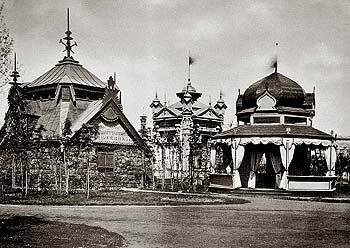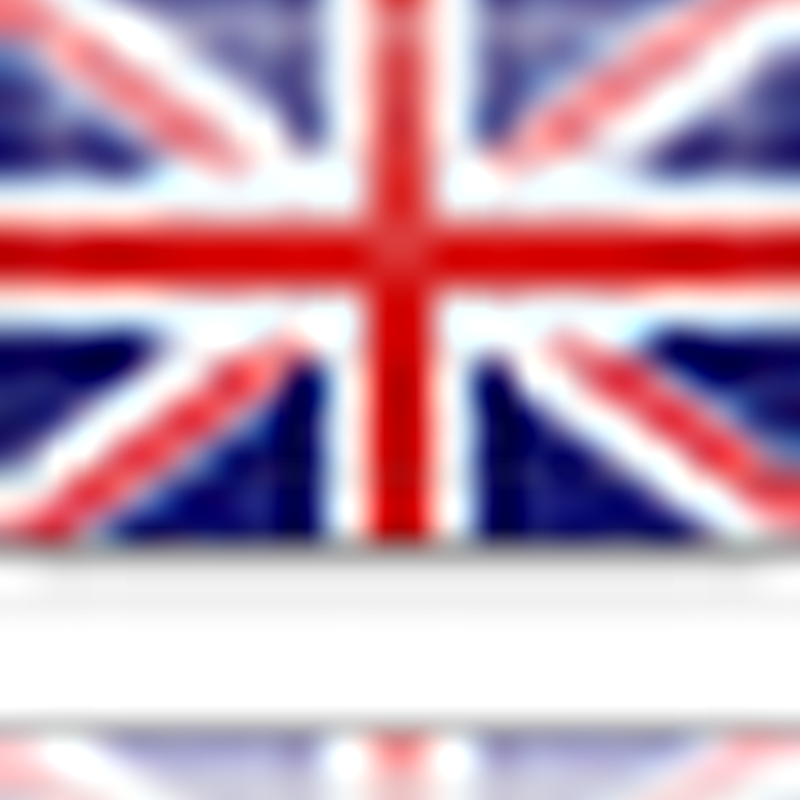Shar'un "a plain" (Acts 9:35). Extremely fertile coastal plain between Joppa on the S. and Mount Carmel on the N. Sharon and was noted for its flowery beauty (Isa 35:2; Song 2:1). It was famous for its forests and lush vegetation (Is 33:9; Song 2:1), rich pasture and David appointed his overseer for the herds that grazed there (I Chr 27:29). The Via Maris (a favorite caravan route) passed through the Plain of Sharon, connecting Egypt to Palestine and Syria, Asia Minor, and Mesopotamia with many cities along the road (according to the lists of the Egyptian Kings). Amenophis II traveled this route on his way to northern Syria (according to his list).
In the Persian and Hellenistic periods there are many Phoenician colonies built along this coast. In the Roman period it was called drymos which means "forest", with some of the major cities at that time built along the coast.
Some well-known biblical cities located in this plain were: Dor, Lydda, Joppa, Caesarea, Rakkon, and Antipatris.
Today the area is filled with citrus farms and numerous settlements.
Isa 35:1-2 "The wilderness and the wasteland shall be glad for them, And the desert shall rejoice and blossom as the rose;
NKJVIt shall blossom abundantly and rejoice, Even with joy and singing. The glory of Lebanon shall be given to it,
The excellence of Carmel and Sharon. They shall see the glory of the LORD, The excellency of our God."
1 Chr. 5:16; 27, 29; Isa. 33:9

Mount Carmel’s rich red soil is covered by a typical Mediterranean shrub forest. There are beautiful Kermes Oak groves and not only flowering trees and delicious fragrant herbs, but all the flora of the North of Israel seems gathered in this favored spot.
So early as November, the crocus, narcissus, pink cistus, and large daisy are in bloom, and the hawthorn in bud.
In spring, wild tulips, dark red anemones, pink phlox, cyclamen, purple stocks, marigolds, geranium, and pink (Cistus salvifolius) and white (Cistus creticus) rock-roses make it spectacular.

























.png)






































